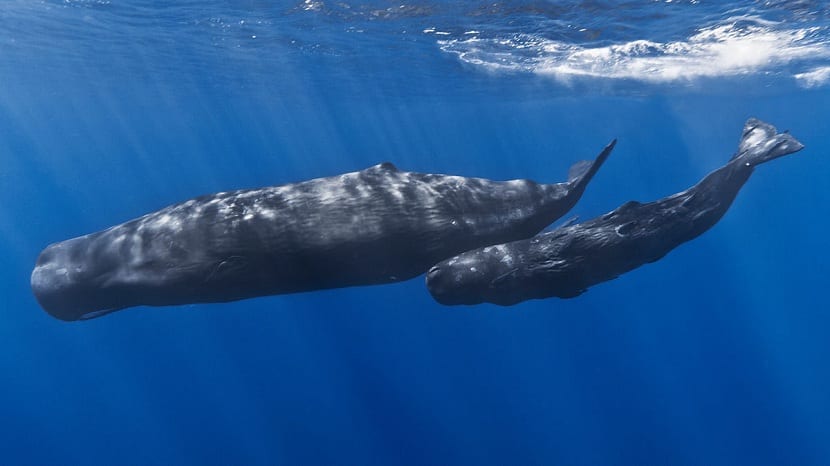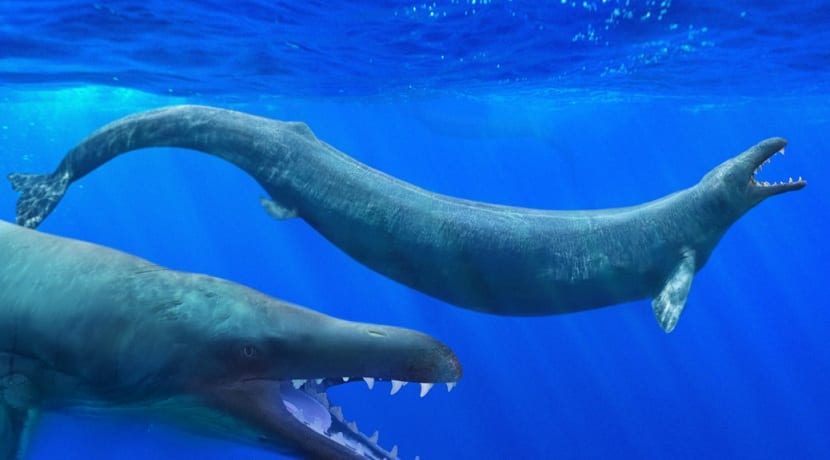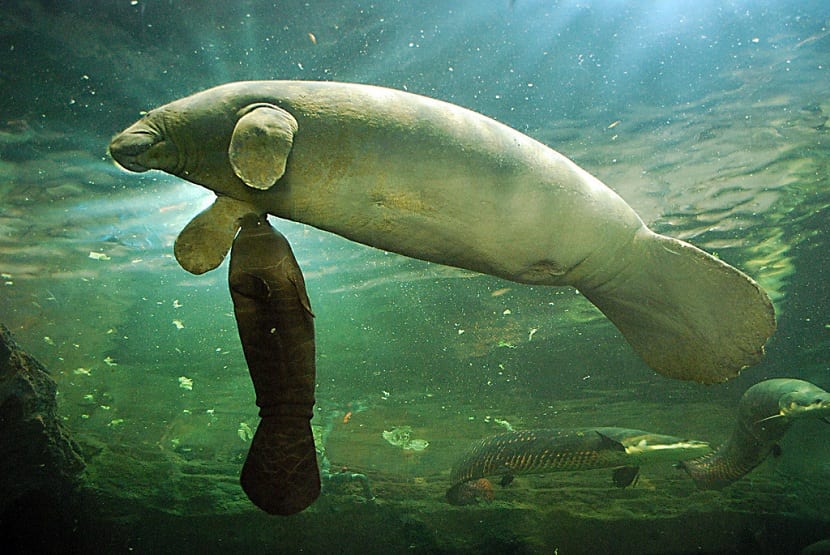
Marine life is quite interesting to study although more is known about life on land. This makes the curiosity about the sea increase and they want to study all the species that inhabit the seas and oceans. One of the groups most in demand in the studies are the sea mammals. These animals evolved from land animals that returned to the sea about 66 million years ago. In order to live in marine environments, they had to develop a series of adaptations of all kinds, as we will see in this article.
Do you want to know more about marine mammals? In this post we are going to tell you everything in detail.
What are marine mammals
Around 120 species of marine mammals are included in the sea. These animals are thought to have developed through a series of physiological adaptations in order to survive in these environments. Just as the species that arose in the seas could adapt to terrestrial life, on the contrary it also arose.
In this case, the concept that includes marine mammals is quite broad and not only includes species that belong to a particular taxonomic group. We are going to make a division of all the animals that we consider as marine mammals:
- The group of cetaceans made up of whales, porpoises and dolphins.
- Pinnipeds such as walruses, seals and otariums.
- Sirenians like dugongs and manatees.
- Otters such as the sea otter and the sea cat.
- Of course, we include the polar bear and the white bear, considered as marine mammals, since much of their actions are done in the life of the sea. They are also capable of being in the sea ice and taking advantage of them to hunt their prey.
Among these animals that we have differentiated as marine mammals, we find some that spend their entire lives in the Water, while others are in an alternate form. Those that spend their entire lives in the marine environment are cetaceans and sirenians. These are the animals that have most adapted to marine life within this group.
It is a very charismatic mega fauna of these media. This has caused a serious commercial exploitation of humans towards these animals. Due to human activities involving these marine mammals, there are many vulnerable or endangered populations.
Where did they come from?

The commercial exploitations of marine mammals by humans are due to obtain meat, fat, oils, skin, ivory and even shows like those we find in animal shows and in some zoos of marine species.
These species have the action and support of some environmental groups that seek to safeguard populations and reduce the damage done to them. Given the curiosity of these animals and the charisma that they shed, their need to know where they came from has led to numerous studies on it. Many of the conclusions of these studies affirm that the most primitive ancestors of these mammals They are found in the ancient Sea of Tethys 70 million years ago.
These ancestors that have been discovered are the ones that gave rise to the ancestors of the marine mammals that we find today. Obviously, not with the same characteristics since animals evolve over time. Depending on the environmental conditions in which they are, are able to promote the growth of certain organs that allows them to survive better in different environments.
Although the evolutionary processes that caused these animals to live better in these environments are not well understood, it is known that they are not a monophyletic group. This means that the different groups arose from different terrestrial ancestors. This fact is known from studies of the anatomical patterns of fossils and comparison with molecular similarities.
Cetaceans are thought to have been pigs and cows distantly related to hippos that could give rise to it. The groups have been adopting similar physical characteristics, due to the need to adapt to life at sea. This is known as evolutionary convergence.
Adaptations in the aquatic environment

As we mentioned at the beginning of the article, in order to live in the marine environment, different morphological and functional adaptations have had to be developed. These adaptations must allow them to live in the marine environment. To understand these adaptations, it is necessary to know that this environment has physical properties that are very different from those of the terrestrial environment. Therefore, it is necessary that the animal has to adapt to it and more knowing that it comes from a terrestrial life.
Why certain animals got used to living in the sea is more complicated. However, there had to be reasons for some of the terrestrial mammal populations to end a life in the marine environment.
Some of the adaptations come prepared to be able to withstand the density of water that is three times greater than that of air. Viscosity is another factor in which we find 60 times more viscosity even at similar temperatures. These properties greatly influence the frictional force. Another important factor to consider is pressure. The water exerts quite a significant pressure on the body that causes it to compress. For every 10 meters of depth the pressure is much higher.
Thermal conductivity is also an important element to consider. The transfer of heat and light energy decreases as depths increase.
All these changes in the environment of life had to force various adaptations to survive in them. These adaptations were emerging over the years and they have taken about 60 million years to perfect. To this day, they can still be perfected much more.
I hope that with this information you can know something more about marine mammals, their origin and way of life.
